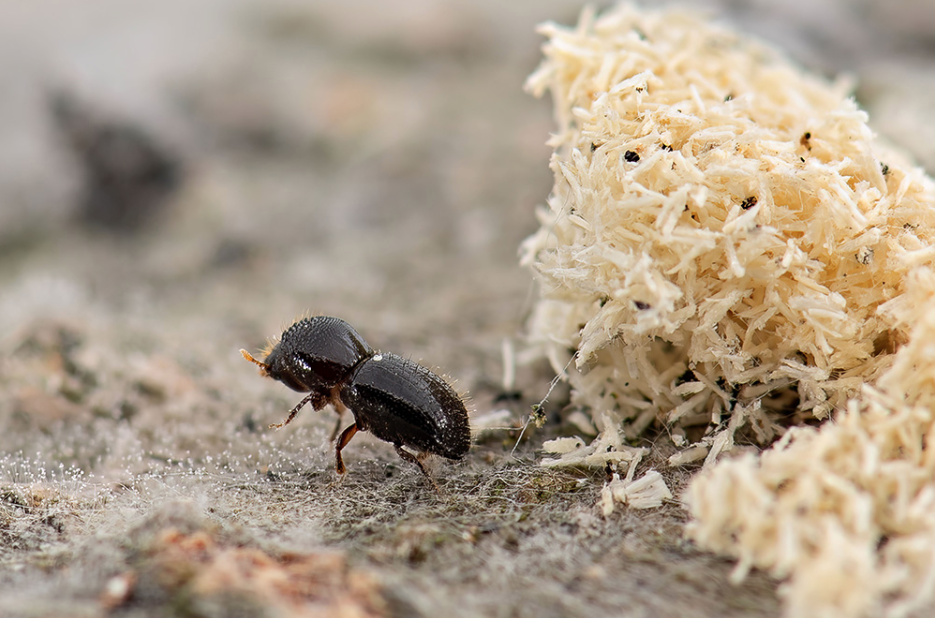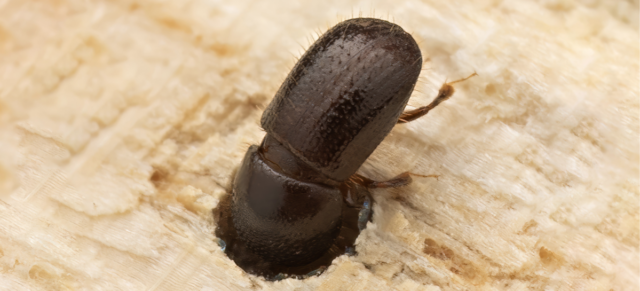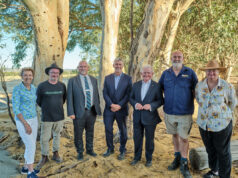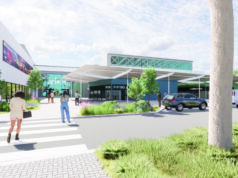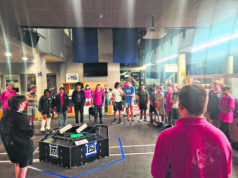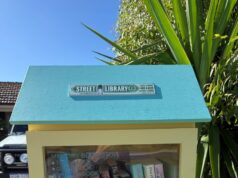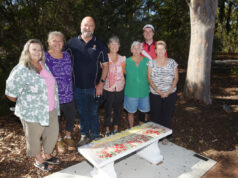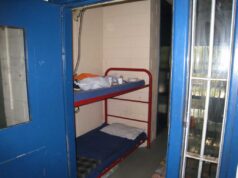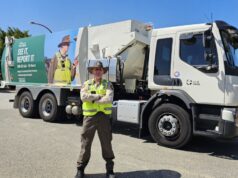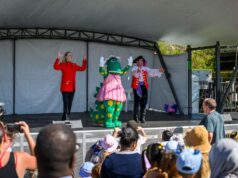The sesame-seed-sized scourge that has been systematically sabotaging Perth’s green canopies has finally found root in the City of Armadale.
It has now been confirmed that the Polyphagous Shot-Hole Borer (PSHB) is amongst us.
“Up until recently, the PSHB had not been detected anywhere in the City of Armadale. It has now been detected near our boundary with the City of Gosnells, in Kelmscott,” the city said on Monday.
𝐸𝑢𝑤𝑎𝑙𝑙𝑎𝑐𝑒𝑎 𝑓𝑜𝑟𝑛𝑖𝑐𝑎𝑡𝑢𝑠 or PSHB is a beetle native to Southeast Asia. It attacks a wide range of plants by tunnelling into trunks, stems and branches where it deposits a fungus that causes dieback and the eventual death of the plant.
The beetle was first discovered in East Fremantle in 2021, and has since infested thousands of trees across Perth backyards, street verges, public open spaces, parks and reserves.
There is no known chemical treatment for the pest, and removing infested, unhealthy and potentially unsafe trees or branches is the best way to eliminate the beetles and minimise further impact on neighbouring trees.
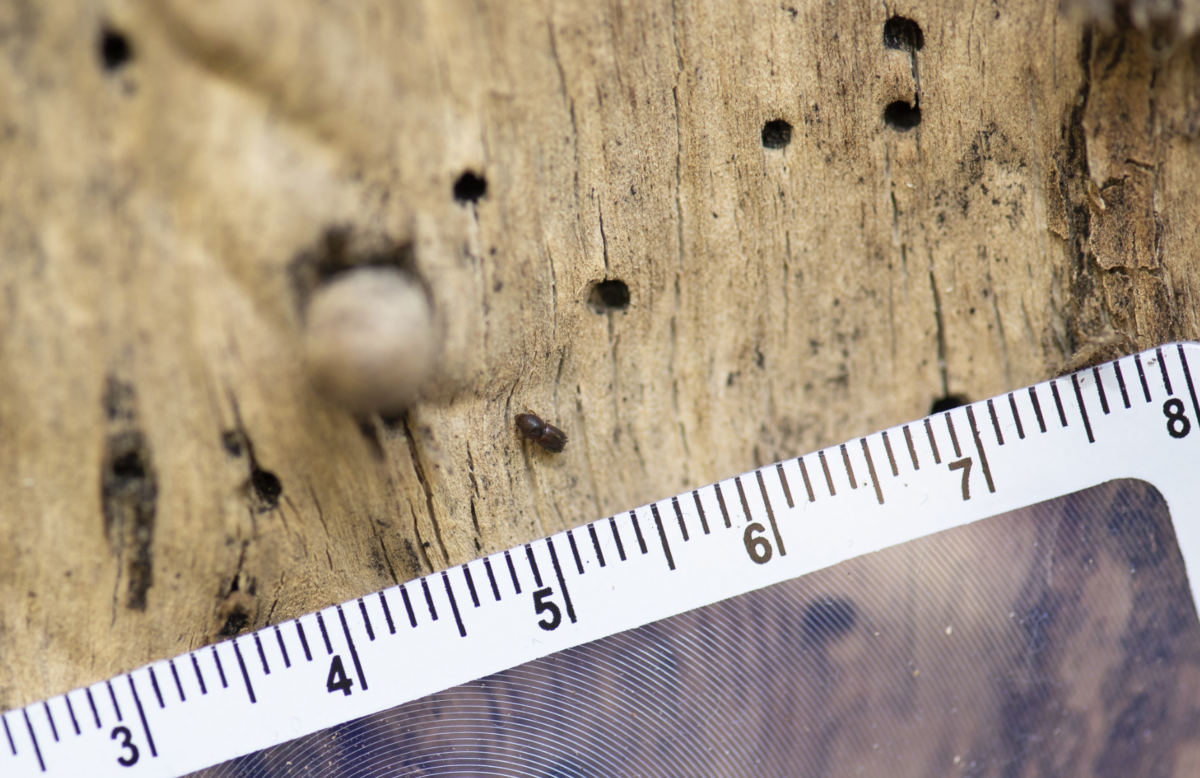
Trees beloved by generations of Perth families, including in Kings and Hyde Parks, have begun being sacrificed to the woodchipper in order to stem the infestation.
The Armadale Gosnells Landcare Group reported the identification of PSHB in native swamp paperbarks and weedy castor oil plants along the Canning River on June 12.
“The seemingly inevitable march of the devastating ‘Shot Hole Borer’ continues. This time found just next door, in the City of Gosnells. Please keep a lookout and don’t move wood and plant material from areas where it has been found,” Mayor Ruth Butterfield said.
With neighouring LGAs to our north already feeling the pain, it was always a matter of ‘when’ not ‘if’ it would find its way here.
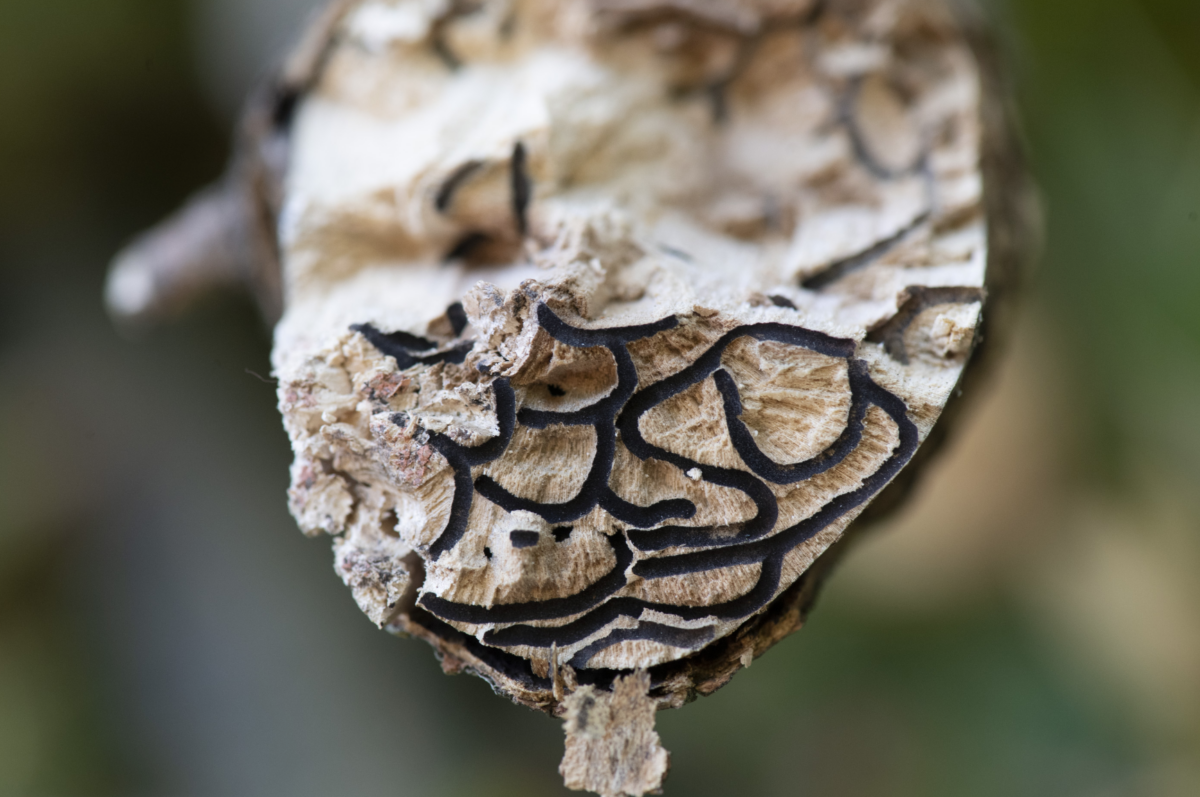
But the City of Armadale is keeping quiet about where exactly in Kelmscott the pest was discovered, simply stating that it was found “inside the city’s boundary”. There was also no response to a question from the Examiner about how much of the City of Armadale’s greenery is at risk.
“The city is working with DPIRD and the Department of Biodiversity and Conservation and Attractions (DBCA) to manage this situation and take measures to prevent the PSHB from spreading further,” Monday’s statement read.
“The city is actively monitoring the ongoing efforts and surveillance program by DPIRD, as well as actively participating in technical forums run by DPIRD and the WA Local Government Association (WALGA).
“The city is using this information to proactively adapt our existing strategies, including our Urban Forest Planting Strategy, so we can ensure we can improve our resilience to the threat of the PSHB and other pests.”
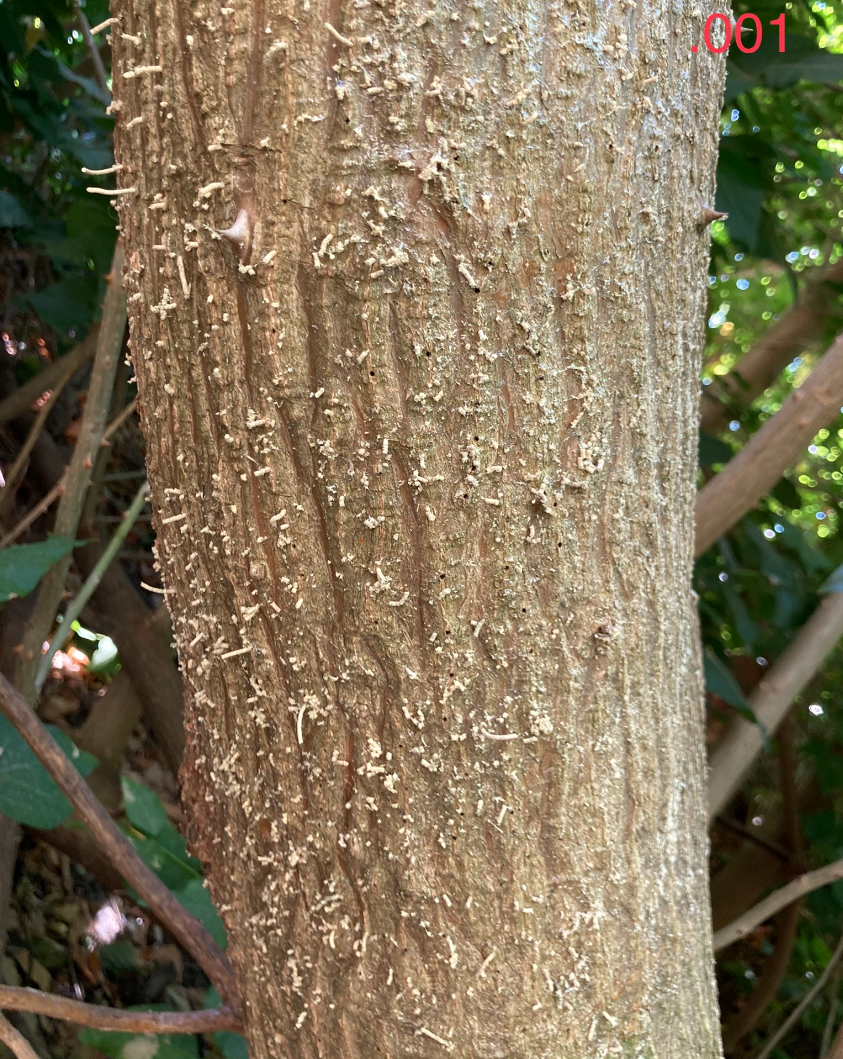
But there were loud criticisms over the weekend about the way the state government had handled the invasion to date, and doubts about whether DPIRD’s efforts were enough.
“They should have gone hard, early to eradicate this pest…the government’s inaction is putting our precious tree canopy at risk,” Liberal Party Leader Libby Mettam said to the media on Sunday.
“This is an agricultural disaster in waiting.”
And some councils have started to take the matter into their own hands. The City of Perth recently committed $1 million of its own funding to the fight against infestation.
Ms Mettam was joined at a press conference by Deputy Mayor for the City of Canning Amanda Spencer-Teo and Perth Lord Mayor Basil Zempilas who likened the epidemic to “COVID for trees”.
Mr Zempilas said the beetle could potentially wipe out 60 per cent of the City of Perth’s 16,000 trees.
While Ms Spencer-Teo said infested trees earmarked for removal in Riverton months ago had yet to be touched.
“These trees at Adenia Park in Riverton are still there (months later), infested, right next to the Canning River Regional Park, with some trees nearby untagged and showing symptoms of infestation,” she said.
“The government has lost control. They are putting more and more pressure on local governments to increase tree canopy, with no plan to replace what is being lost.
“DPIRD are doing a fantastic job with what little resources and funding they have, but they simply don’t have the resources to remove the trees fast enough and it seems to be their efforts are focused on detection, not removal.”
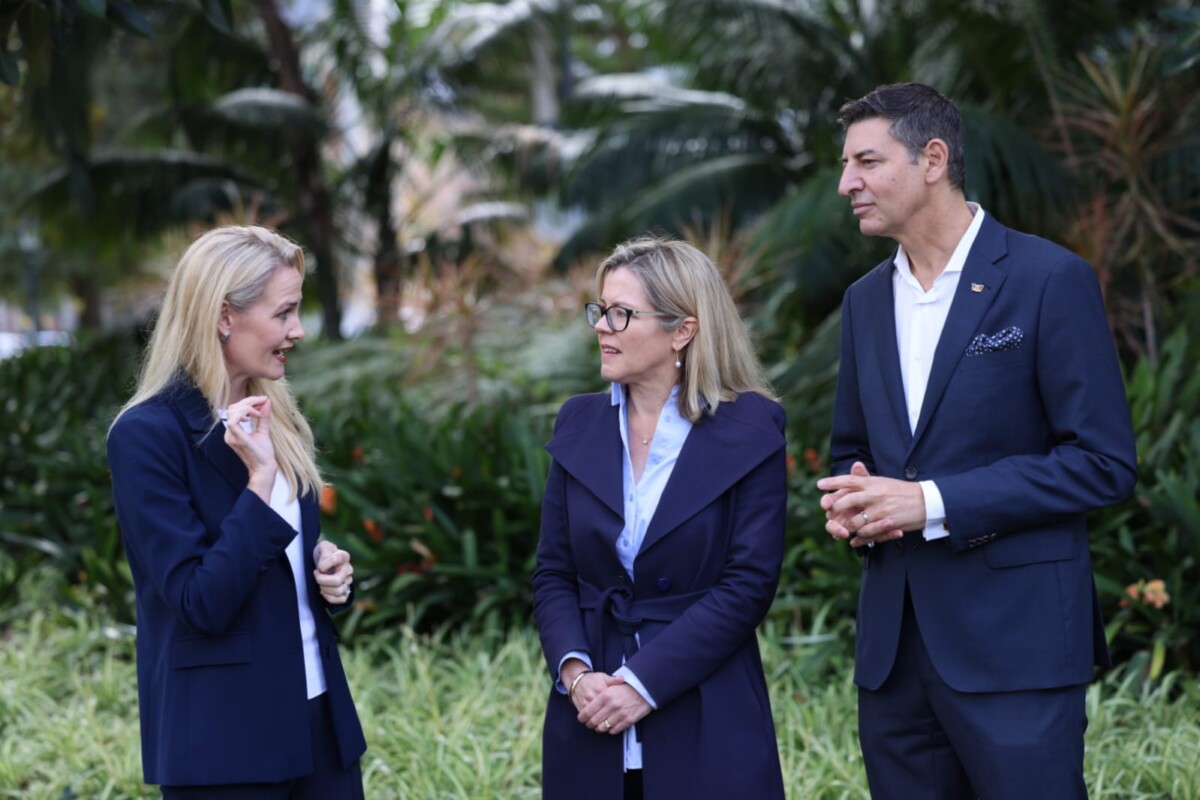
In May, the state government allocated $16.4 million from the budget to fund biosecurity responses to priority plant and animal pests (like the PSHB) and diseases over the next three years. Nearly $20 million was also committed by the federal government for Western Australia to contain and eradicate the current outbreak, as part of a shared response.
Agriculture Minister Jackie Jarvis said WA was “leading an unprecedented biosecurity response to eradicate this destructive borer to protect Perth’s urban tree canopy”.
“But I will make the point we’re in the middle of an emergency. We don’t yet know how many trees will have to be removed,” she said.
“It’s a bit like talking about what it’s going to cost to rebuild your house while the bushfire is still raging.”
DPIRD Biosecurity Acting Executive Director Sonya Broughton said the support of local councils, Perth residents and other government agencies had been vital to the response so far.
Dr Broughton said it was most important that wood and green waste material was not moved outside of quarantine areas to ensure the borer didn’t spread beyond the metropolitan area.
“Everyone in the quarantine area can help by checking their trees for borer holes,” Dr Broughton said.
“It is also important to not take any firewood away on holidays, as this could take the borer with you.”
There are over 130 host species of trees in WA including maple, oak, plane, coral tree, Moreton Bay and Port Jackson Fig, mulberry, robinia, avocado and willows.
Experience to date has shown that Australian and WA natives are not preferred hosts for PSHB. The overwhelming majority of all infested native hosts have been found in proximity to a highly infested preferred host.
More information including a comprehensive list of susceptible species, how to spot PSHB infestation, and what to do when you find it, can be found at www.agric.wa.gov.au/borer
The City of Armadale will also be updating relevant information about the spread within the city on its Engage page.
“I urge all residents to be mindful of this very destructive and dangerous pest on our shores. Please be very vigilant,” Deputy Mayor John Keogh said.
